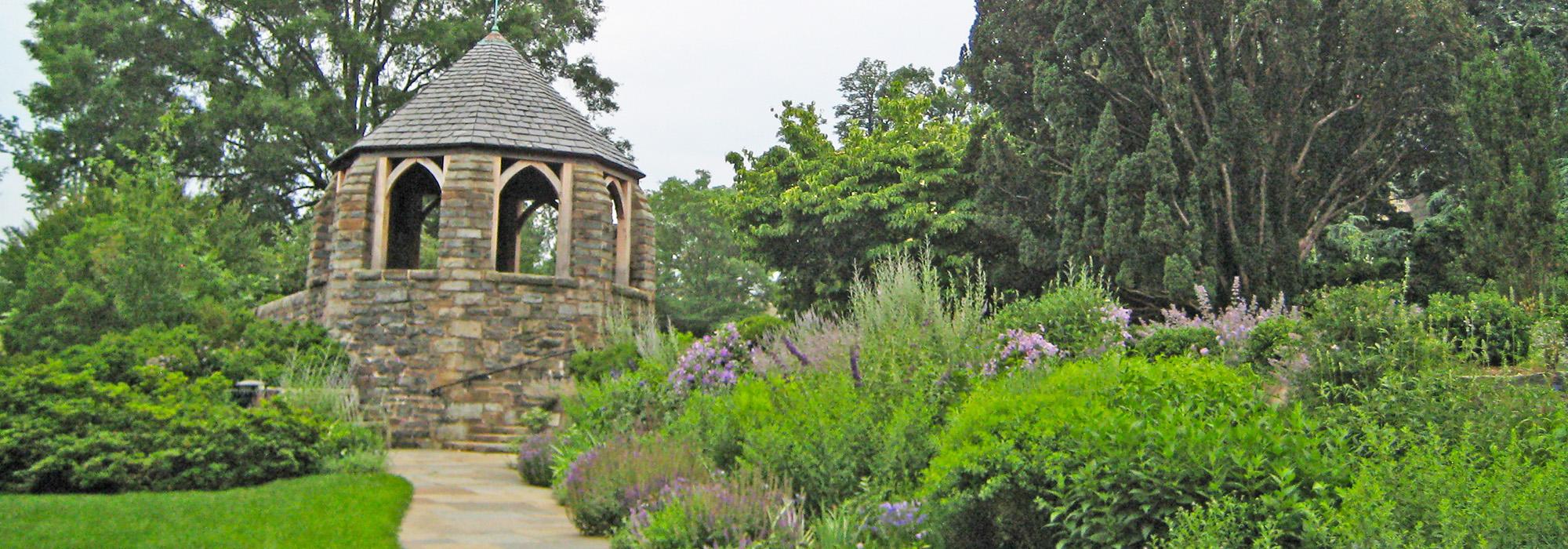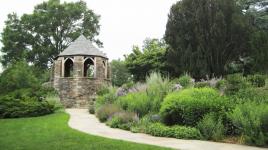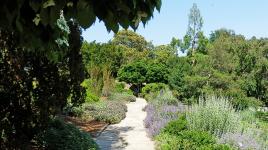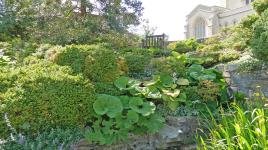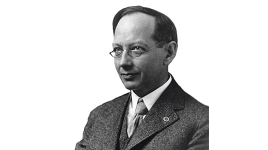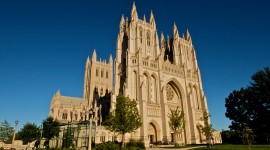Pioneer Information
Originally from Cleveland, Ohio, Bratenahl was a self-taught gardener who oversaw the gardens and grounds of the Washington National Cathedral (collectively known as the Cathedral Close) for several decades. After the death of her first husband, Bratenahl wed widower George C.F. Bratenahl and moved with him to Washington, D.C. in 1915, with George consecrated as dean of the cathedral the following year. As chair of the All Hallows Guild Garden Committee, Bratenahl worked closely with Frederick Law Olmsted, Jr., beginning in 1922 to implement the landscape architect’s master plan for the 59-acre site, originally initiated by Bishop Henry Yates Satterlee in 1907. Olmsted and Bratenahl were inspired by medieval cloister gardens, creating many distinct “garden rooms” throughout the landscape. Bratenahl and the All Hallows Guild raised funds to acquire mature trees and rare transplants (some hundreds of years old) for the Cathedral Close and incorporated many of her own ideas into Olmsted’s plan, most notably in the secluded Bishop’s Garden, which she animated with biblical references, iconographic sculpture and garden furniture, and native plants. Bratenahl produced several guides to the cathedral’s landscape, including “The Cathedral Hillside and its Gardens,” published in 1929. After the dean’s retirement in 1936, the Bratenahls moved to the Weathered Oak Herb Farm in Bradley Hills, Maryland. Florence Bratenahl operated the herb farm with former superintendent of cathedral grounds Charles H. Merryman until her death in 1940.



